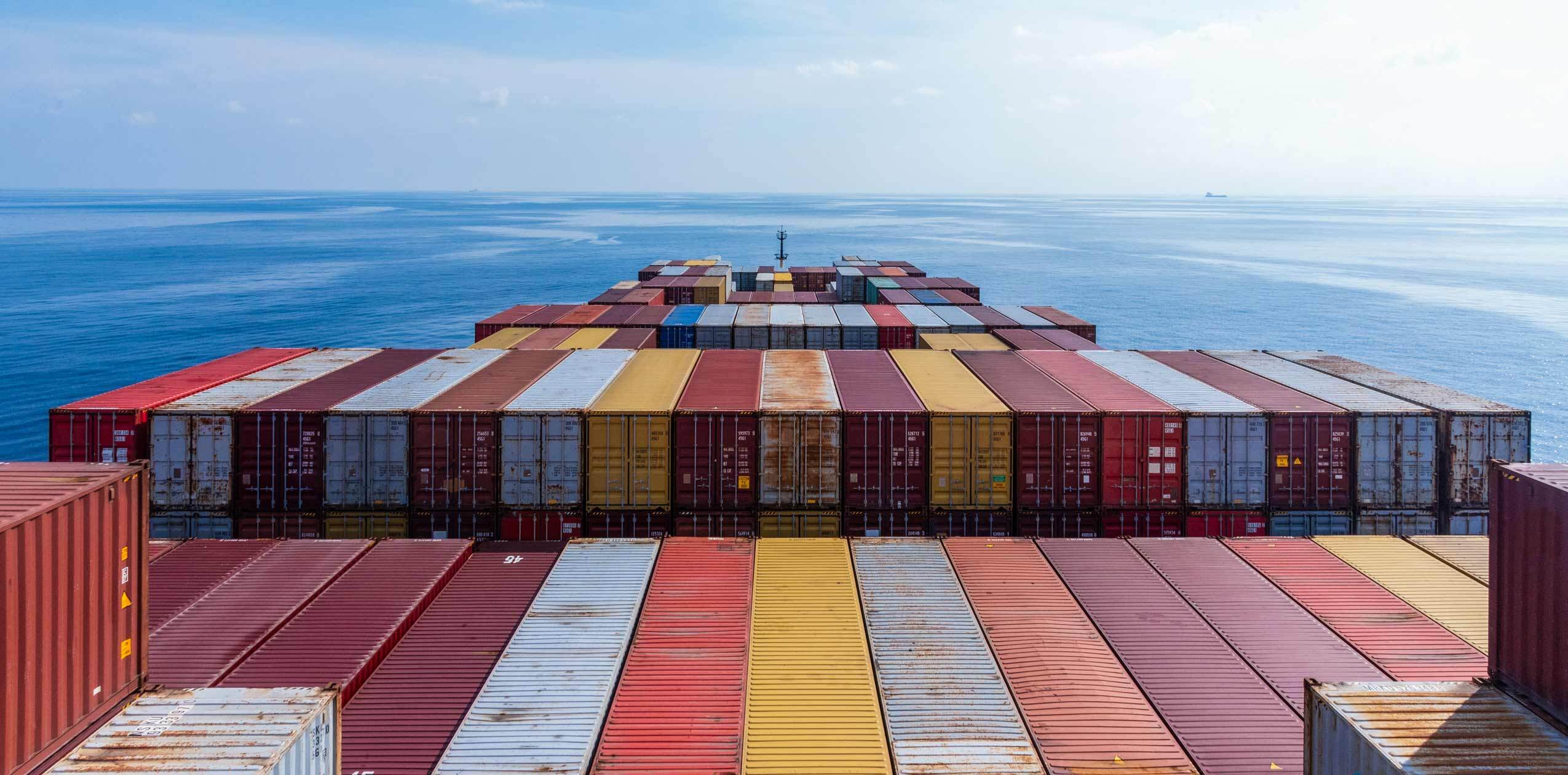Middle East in Crisis: Impacts on Freight Transport and Global Logistics
30/06/2025
Warning sirens are growing louder in ports around the world. Thousands of containers are waiting to cross waters that become more dangerous by the day: just take a look at global shipping traffic maps to grasp the situation. The Strait of Hormuz, that narrow stretch of sea through which a fifth of the world’s oil is transported, has become an increasingly tight bottleneck. And then there’s the Red Sea, now avoided by major shipping companies following the recent wave of attacks.
But the logistics industry isn’t standing still. International freight companies, like Tecnofreight, already have alternative routes and constant monitoring systems in place, enabling real-time tracking and the flexibility to reroute shipments at the first sign of danger.
Multimodal transport models are being developed that dynamically combine sea, land, and air. Integrated platforms now make it possible to calculate the most efficient combination of transport methods, balancing costs, timing, and safety. Additionally, the expansion of transcontinental rail routes provides concrete alternatives to traditional shipping lanes.
This is where the adaptability of forward-thinking companies comes into play, as they adopt supply chain strategies that include: geographically distributed safety stocks, multiple suppliers, and flexible contracts that allow for rapid changes in logistics partners.
It’s not just an economic issue.
The entire system is reorganizing around this new reality. Accelerated digitalization is enabling companies to develop multiple scenarios and contingency plans that would have once seemed unthinkable.
The future of logistics will be defined by flexibility and technology. In a world where everything is interconnected—where a container leaving Shanghai must arrive punctually in Hamburg—the key is no longer to avoid potentially risky areas, but to build a resilient network of relationships to achieve the final result.

EU–US tariffs: logistics sailing in new waters
18/09/2025

Renewed Commitment to the For You Project
19/08/2025
